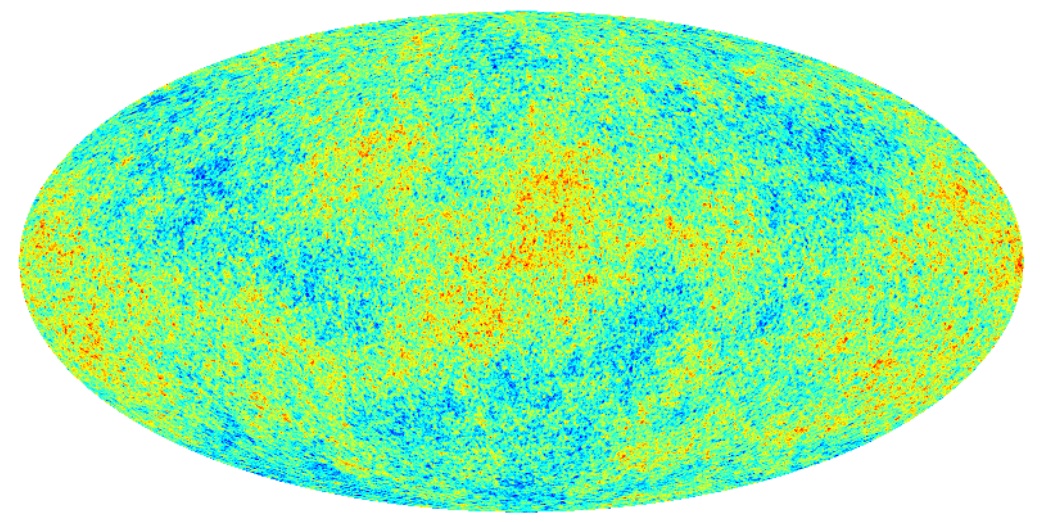Welcome
Welcome to the home of SZIP on the web. SZIP is a utility for compressing data defined on the sphere.
 Large data-sets that are
measured or defined inherently on the sphere arise in a range of
applications. Examples include, astronomical observations that are
made on the celestial sphere, such as the cosmic microwave
background (CMB) [see left image], and environmental illumination
maps [see right image below] and reflectance functions used in computer
graphics.
Large data-sets that are
measured or defined inherently on the sphere arise in a range of
applications. Examples include, astronomical observations that are
made on the celestial sphere, such as the cosmic microwave
background (CMB) [see left image], and environmental illumination
maps [see right image below] and reflectance functions used in computer
graphics.
Technological advances in observational instrumentation and improvements in computing power are resulting in significant increases in the size of data-sets defined on the sphere. For example, current and forthcoming observations of the anisotropies of the CMB are of considerable size. Recent observations made by the NASA WMAP satellite contain approximately three mega-pixels, while the forthcoming ESA Planck mission will generate data-sets on the sphere with approximately fifty mega-pixels. The efficient and accurate compression of data on the sphere is therefore becoming increasingly important for both the dissemination and storage of data.
 SZIP was developed as a first step towards meeting
these challenges. The compression algorithms implemented in
SZIP are similar in flavour to JPEG 2000 compression
of digital images. A wavelet transform (on the sphere) is applied
as an energy compression stage, followed by entropy encoding.
Further technical details are discussed below.
SZIP is freely available for academic purposes and
may be obtained by completing the download
form below. We hope you enjoy SZIP and please get
in contact if you have and requests for improvements in future
versions.
SZIP was developed as a first step towards meeting
these challenges. The compression algorithms implemented in
SZIP are similar in flavour to JPEG 2000 compression
of digital images. A wavelet transform (on the sphere) is applied
as an energy compression stage, followed by entropy encoding.
Further technical details are discussed below.
SZIP is freely available for academic purposes and
may be obtained by completing the download
form below. We hope you enjoy SZIP and please get
in contact if you have and requests for improvements in future
versions.
Technical details
SZIP provides an implementation of algorithms developed to compress data defined on the sphere. A Haar wavelet transform on the sphere is used as an energy compression stage to reduce the entropy of the data, followed by Huffman and run-length encoding stages. Both lossless and lossy compression algorithms are included.
The compression performance of SZIP on simulated CMB data, Earth topography data and environmental illumination maps used in computer graphics has been evaluated. CMB data can be compressed to approximately 40% of its original size for essentially no loss to the cosmological information content of the data, and to approximately 20% if a small cosmological information loss is tolerated. For the topographic and illumination data compression ratios of approximately 40:1 can be achieved when a small degradation in quality is allowed.
For further information on the algorithms implemented in SZIP and on the performance of these algorithms please see our research paper:
J. D. McEwen, Y. Wiaux and D. M. Eyers, Data compression on the sphere, Astron. & Astrophys., 531, A98, 2011.
For further information on the use of SZIP please see our user manual:
J. D. McEwen and D. M. Eyers, SZIP user manual, Technical Report, University of Cambridge, 2010.
Download
For various licensing reasons it is not possible to release SZIP as open source, although this is in general the authors' preferred approach to releasing code for academic research (see this page for example). Please contact the authors to request a copy of SZIP and to discuss licensing.
To test your copy of SZIP you can use the simulated CMB map gcmb001_n256_nest.fits. You can then use SZIP to compress, and then decompress, this data file. If you use the default compression settings (i.e. if you run 'szip -c -i gcmb001_n256_nest.fits', without the quotations) then your compressed file should match gcmb001_n256_nest.szip. Don't forget to browse the user manual!
Usage
SZIP is freely available for academic use. If you do use SZIP in academic work that results in publication please reference this site and our related research paper:
J. D. McEwen, Y. Wiaux and D. M. Eyers, Data compression on the sphere, Astron. & Astrophys., 531, A98, 2011.
The use of SZIP for commercial purposes is absolutely prohibited. If you are interested in using SZIP for a commercial application please contact us to discuss licensing. Furthermore, if you are interested in any of the algorithms implemented in SZIP for alternative uses (in addition to compression) please do also contact us and we discuss these issues further.
Note: SZIP is distributed in the hope that it will be useful, but WITHOUT ANY WARRANTY; without even the implied warranty of MERCHANTABILITY or FITNESS FOR A PARTICULAR PURPOSE.
About the authors
SZIP has been developed by Jason McEwen and Dave Eyers at the University of Cambridge. Read on to find out more about the authors; contact details can be found on each authors' academic web page.
 Dr Jason McEwen is currently a Postdoc in the LTS2 signal processing laboratory at Ecole Polytechnique Federale de Lausanne (EPFL).
His academic research is concerned with the analysis of the CMB
radiation, a relic radiation of the Big Bang, which is observed on
the celestial sphere. A large proportion of Jason's research is
focused on harmonic analysis on the sphere, such as wavelet and
optimal filter theory.
Dr Jason McEwen is currently a Postdoc in the LTS2 signal processing laboratory at Ecole Polytechnique Federale de Lausanne (EPFL).
His academic research is concerned with the analysis of the CMB
radiation, a relic radiation of the Big Bang, which is observed on
the celestial sphere. A large proportion of Jason's research is
focused on harmonic analysis on the sphere, such as wavelet and
optimal filter theory.
 Dr David Eyers is a lecturer in Computer Science at the University of Otago and a visiting
research fellow at the University of
Cambridge Computer
Laboratory. He teaches and supervises projects in computer
graphics and has broad research interests in high performance
computing, security and distributed systems topics.
Dr David Eyers is a lecturer in Computer Science at the University of Otago and a visiting
research fellow at the University of
Cambridge Computer
Laboratory. He teaches and supervises projects in computer
graphics and has broad research interests in high performance
computing, security and distributed systems topics.
